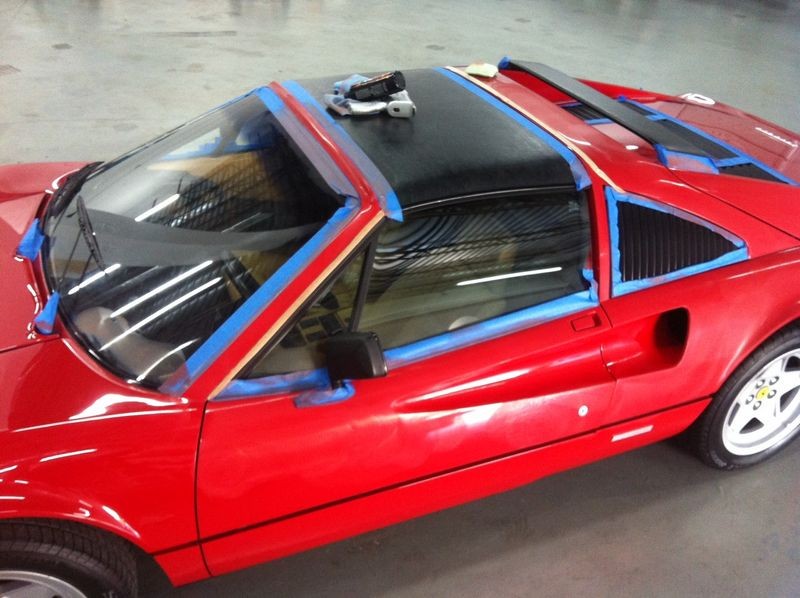SON1C
New member
- Apr 4, 2011
- 3,442
- 0
I've detailed too many times and too many cars
kidding there's no such thing! :buffing:
but I've never worked on a single stage paint, everything has been base/clear
its iirc a 79 vette single stage brown paint, what am I up against here?
will my standard 1-2 knock out be sufficient?
105 cyan
205 tangerine
kidding there's no such thing! :buffing:
but I've never worked on a single stage paint, everything has been base/clear
its iirc a 79 vette single stage brown paint, what am I up against here?
will my standard 1-2 knock out be sufficient?
105 cyan
205 tangerine




